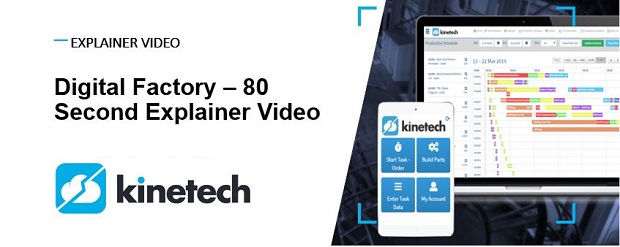Ever find yourself browsing emails, LinkedIn, or tech company posts, only to stumble upon the term 'low-code' without fully grasping its significance? You are not alone.
I had the realization recently that in the last four years of working with and selling the Mendix low-code platform, I have spent a good 20% of all of my meeting time explaining what low-code and by extension, the Mendix platform is. I would like to make this concept of low-code something more tangible for folks like me who perhaps did not come into this low-code world with a technical background.
Understanding coding languages broadly
Today, most people know of at least one coding language. Usually, in a first call, I will mention “household” names like Java, Python, and .Net. If I get the blank stare that I know all too well, I mention Binary - the one with ones and zeros.
When you think of code as someone not exposed to it every day, you likely picture lines of code with parentheses, maybe some illegible words and numbers, and a black screen. That is “code” in its broadest understanding.
For the millennials of the world, if you updated your Facebook profile and remember adding "♥" in your bio to create the small black heart, you were somewhat proficient at HTML. Look at us, knowing code without even realizing it!
Types of code
There are many different types of code. I will not use this blog to dive into each of them as that is more technical than we need to go for our purposes. Still, it is important to understand that coding languages are not just like what we see in the image here and have many different forms, uses, and applications. Low-code is a type of code, and Mendix is just one platform that uses this type.
What is Low-Code? Specifically, Mendix.
This leads me to Mendix, a Gartner Magic Quadrant-leading low-code platform. The Mendix platform is built on a traditional coding language called JavaScript. It is called “low-code” because it packages JavaScript into an easier format to lower the barrier to entry and speed up the development process.
Essentially, what Mendix does is it creates reusable blocks of code that you can format into what looks like a flowchart (which we call a microflow). Eventually, these flows add up and create an application. This building block approach allows a user rather than writing out every line of code to pull over a block already made.
Here is an example of a microflow in the Mendix modeler:
Here is an example of what a very similar flow to the Mendix one above looks like using JavaScript:
You can see the “building blocks” in the Mendix modeler compared to the lines of code in JavaScript. It is not just something we say. The “building block approach” of the Mendix Low-code platform quite literally uses building blocks.
Composable Applications
Kinetech expands on this even further to something we call composability or composable applications. This is our way of describing, flexible reusability across applications. In a Mendix microflow, you may have a little box whose function is to bring specific information from one place to another. You can use this box an unlimited amount of times in an unlimited amount of apps. With Kinetech, we build entire applications with this same building block idea. Rather than taking a block from a microflow, we may take a “block” of an entire application.
An Example
Allow me to expand. A government agency may need a way to collect applications for utility assistance. We can build that application in such a way that we can reuse parts of the app for other cases with similar needs. Say a year after we built that utility assistance app, someone comes to us needing a way to collect applications for housing assistance, hiring, or any type of process and requires the submission of a form and accompanying documentation. Those pieces or the framework we created for the utility assistance app can be reused.
Is it a direct copy of the app? No. But is it like a paint-by-number providing a framework for the end goal? Absolutely. Only this paint-by-number is special in that we can customize it for you. You can pick your colors or even adjust the image a bit. The key here is that a lot of it is already done, but remains flexible to tweak and tailor to your needs. That is a key to low-code and composability, it is agile and fast, and the Kinetech team is expertly trained in this building block approach.
To conclude
In summary, low-code, particularly Mendix, offers a fast, agile, and reusable solution for businesses, leveraging a building block approach to create composable applications. If you're facing challenges with complex processes, siloed data, or manual workflows, low-code might be the answer for you. Ready to explore how it can transform your operations? Let's connect for a discussion.


